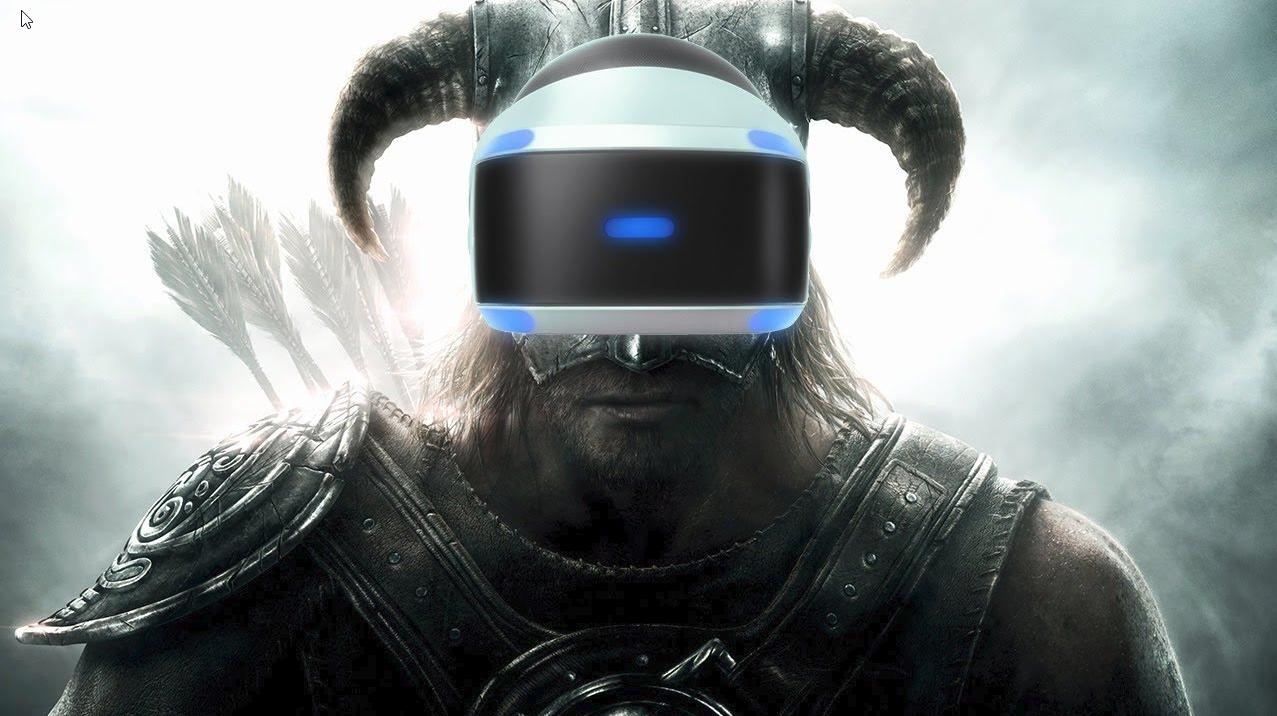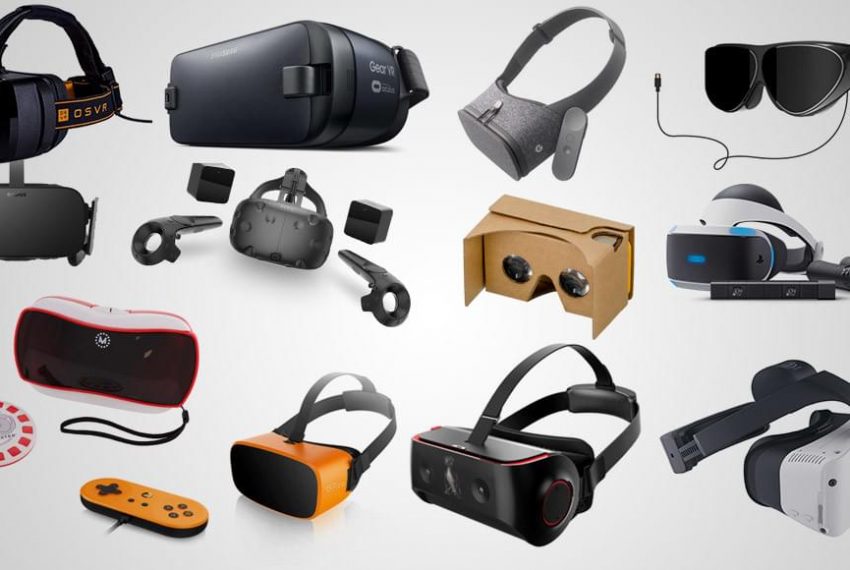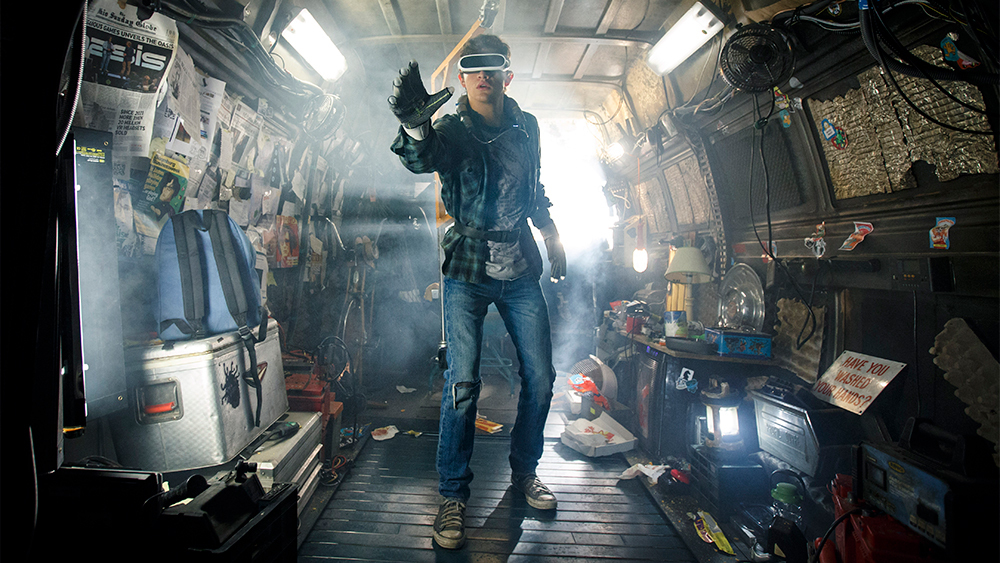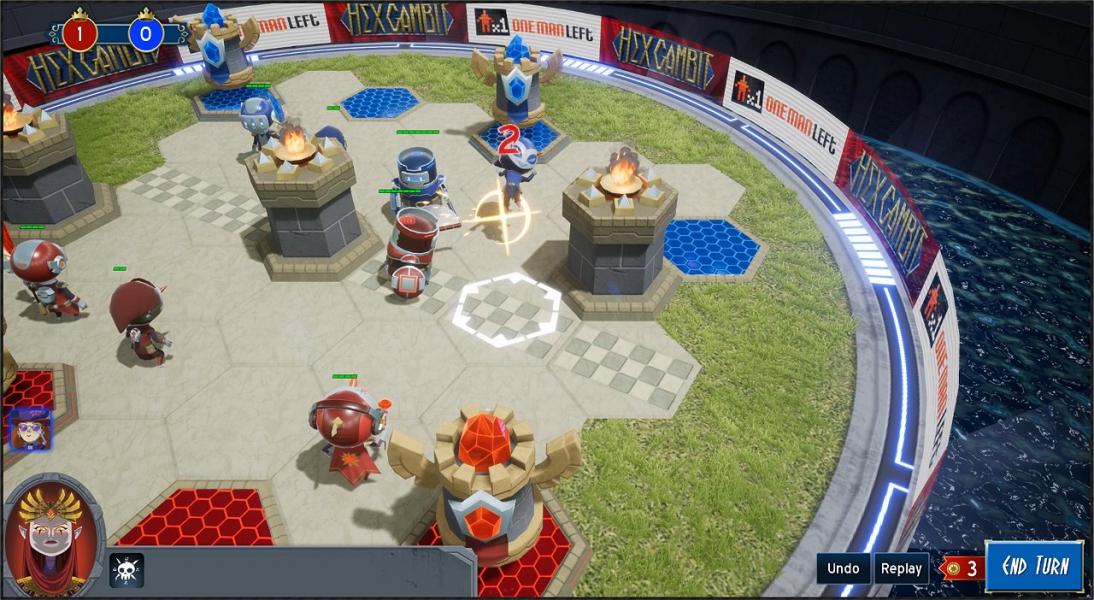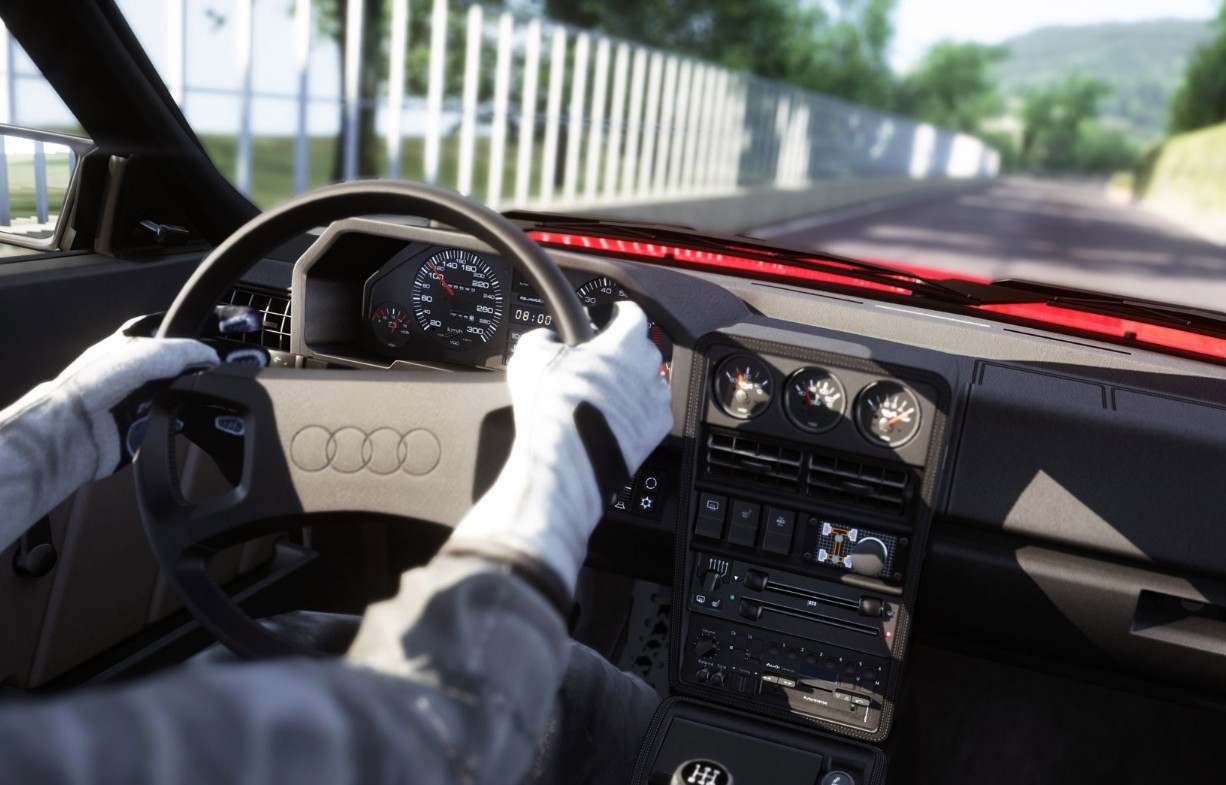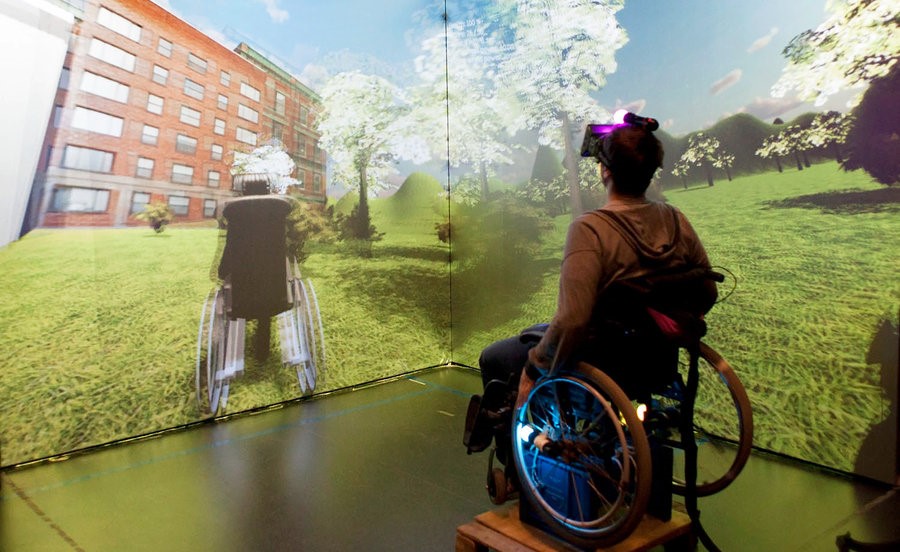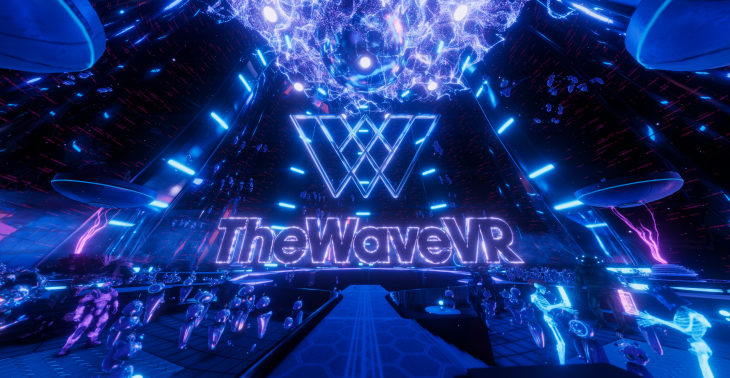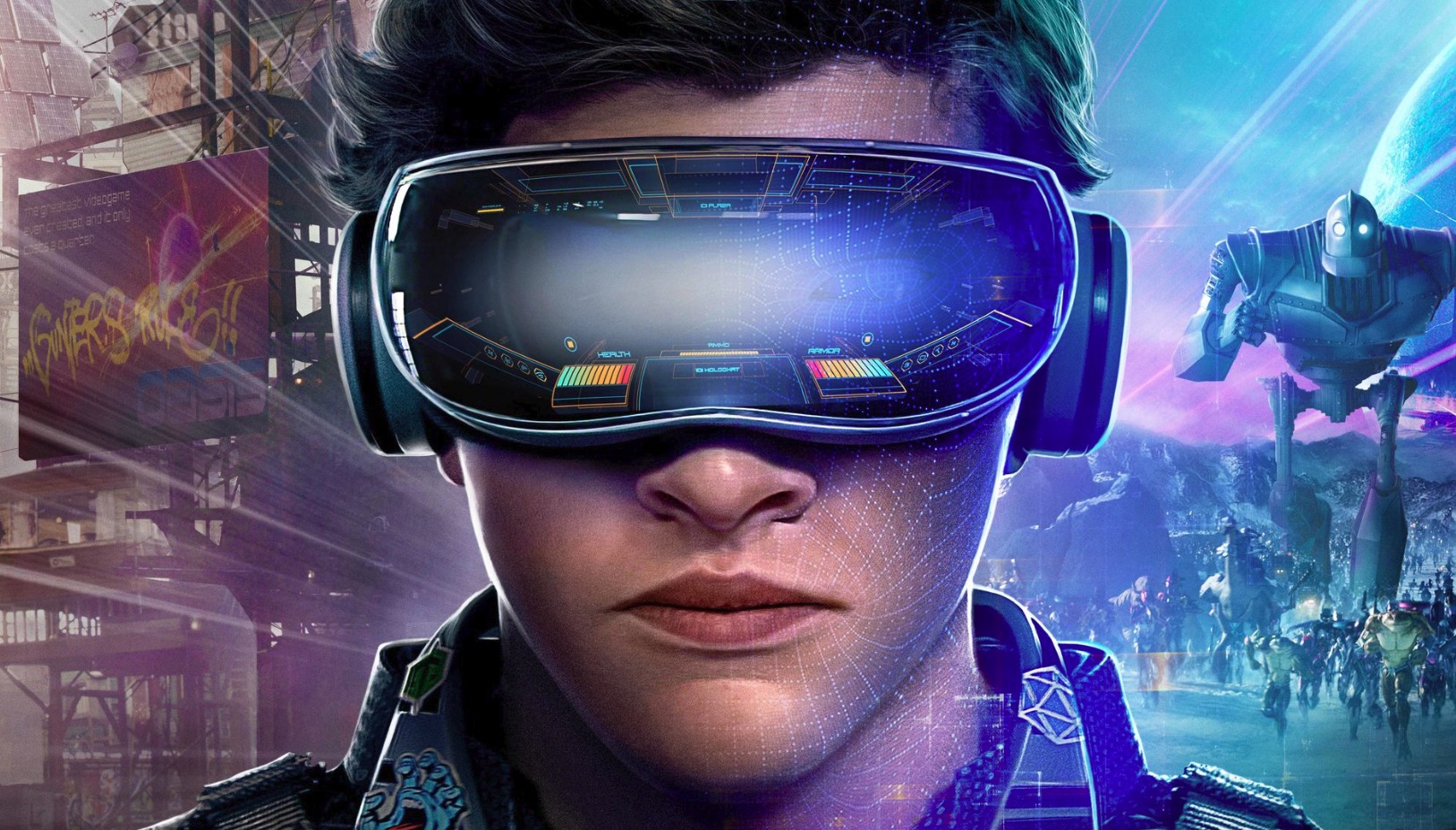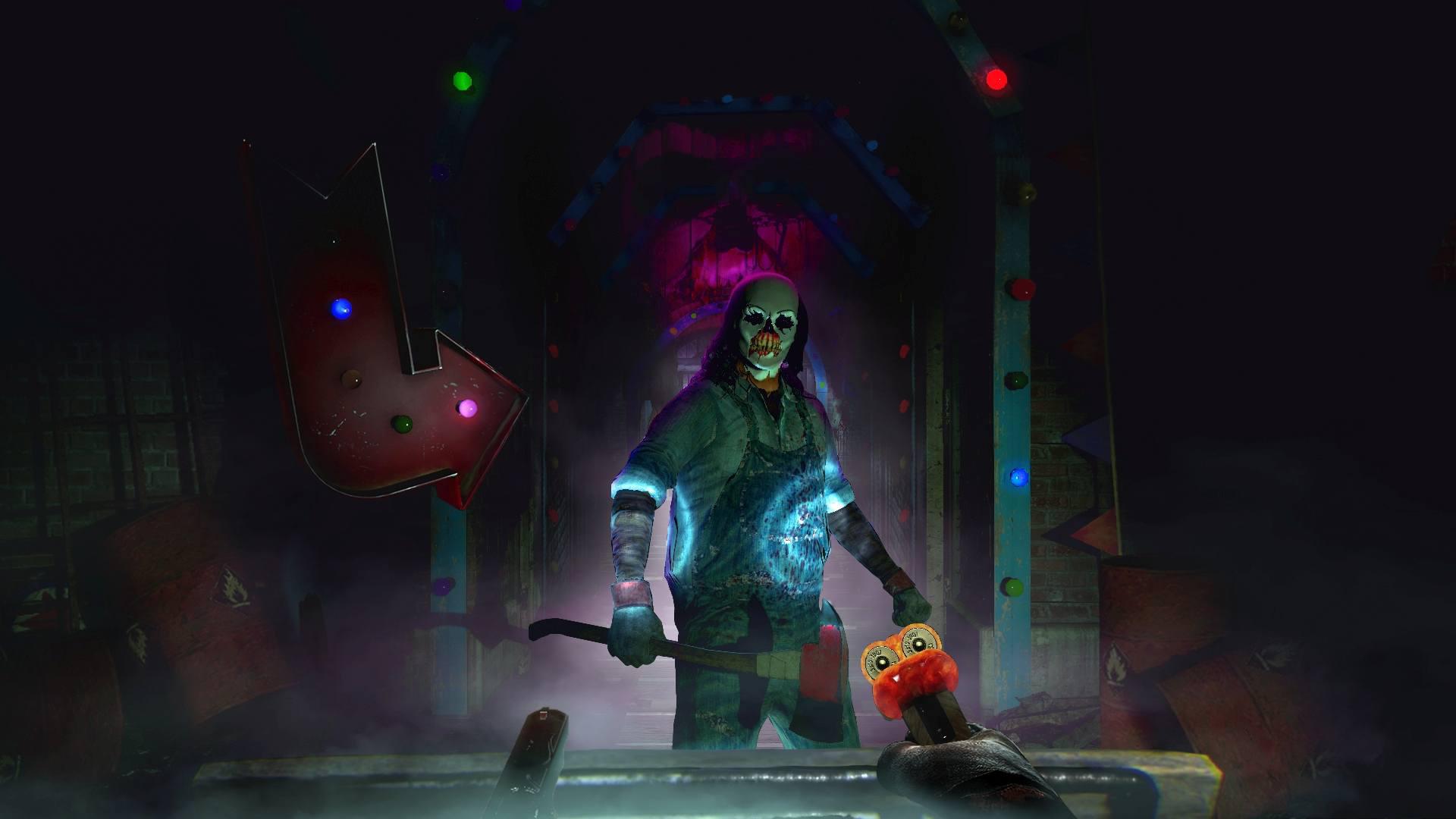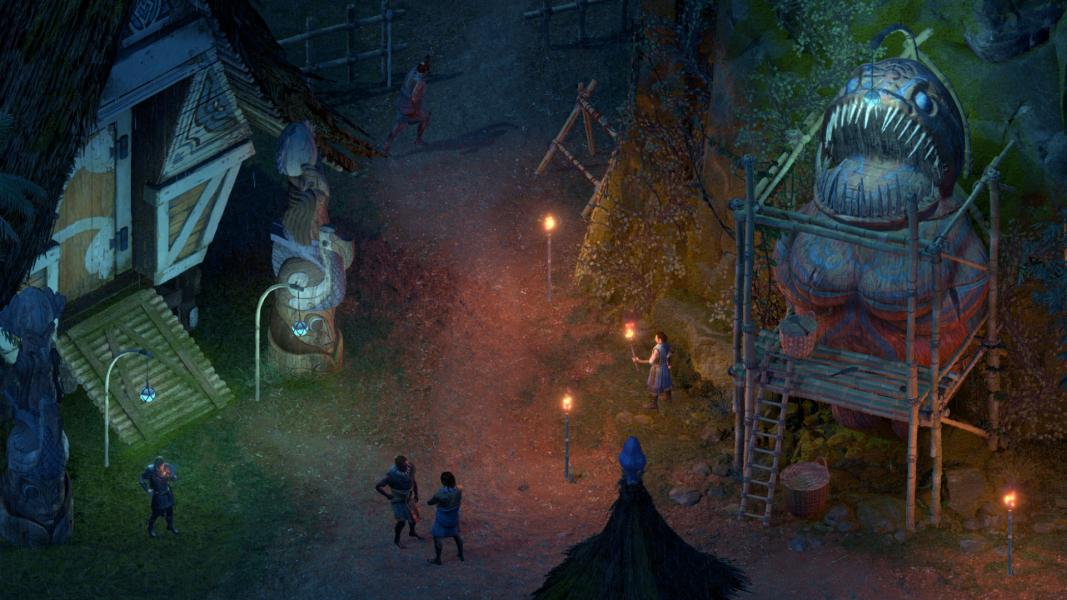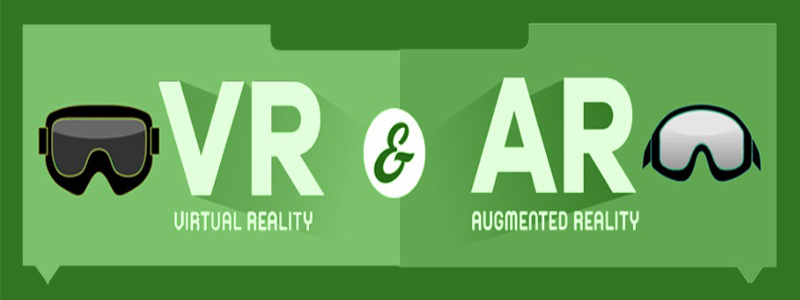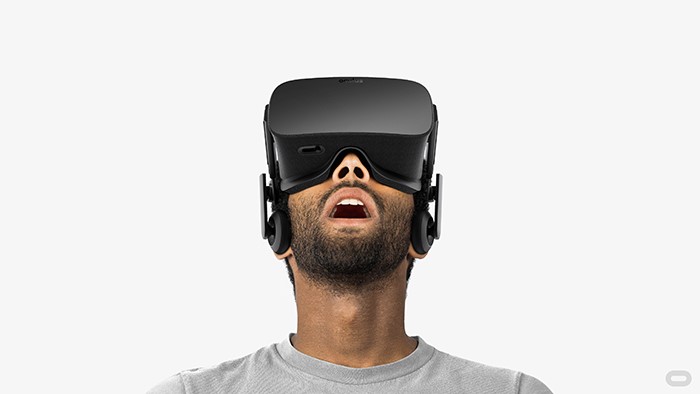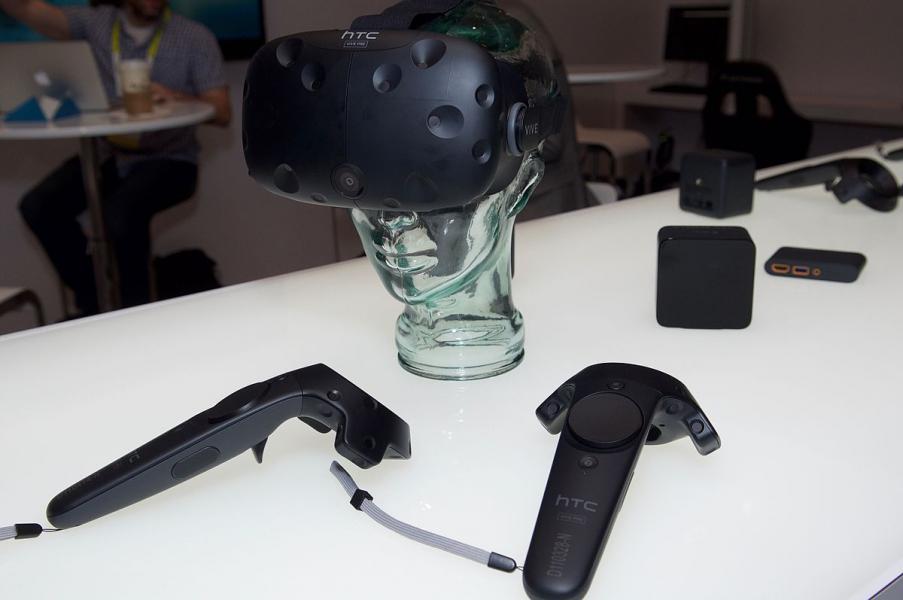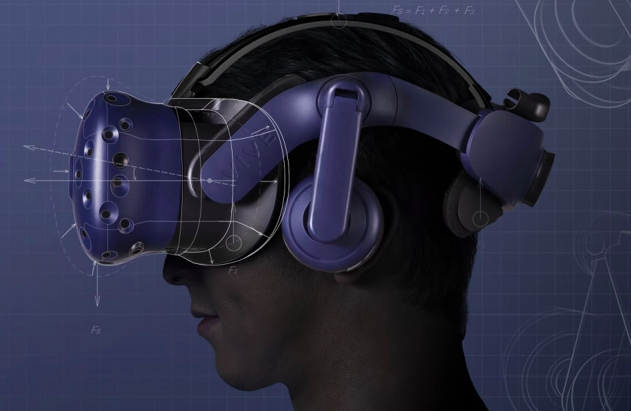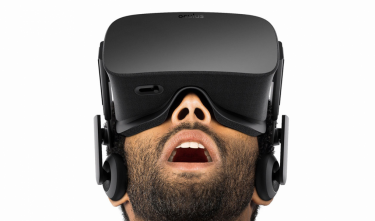
Excited for the Future of Virtual Reality?
For decades virtual reality was something we only thought of in terms of science fiction. From the holodeck in Star Trek to The Matrix, there are numerous Hollywood-fueled examples. However, no one was really sure when virtual reality would become a part of our actual reality.
Now times are changing fast and a new market of gaming platforms is on the rise. 2016 will officially become the year of virtual reality gaming with Oculus Rift at its helm. Let’s take a look at some of the facts that will help solidify its place in the gaming world
11. It’s not a new thing
We weren’t ready for it in the 90’s, but now we are
Ever heard of Virtual Boy? If no, you’re probably too young to remember. If yes, you’re probably laughing at what a miserable failure it was.
It’s not an understatement to say the world wasn’t ready for Nintendo’s Virtual Boy when it hit the market all the way back in 1996. You could argue it was the price (roughly 180 US, 275 with inflation) or even its impractical bulky nature. Players were expected to sit down and stare into a box. Not exactly ideal.
Still Virtual Boy’s biggest flaw was that technology just wasn’t up to the standards required to trick the human eye into accepting that what it was looking at was real. In other words, it looked super fake and no one was impressed. The product was discontinued within a year and became Nintendo’s second lowest selling platform in the company’s history.
However 20 years later things are a little different. We are living in the age of smartphones, ipods, and an array of handheld gaming devices. With such pristine, compact technology at our fingertips, gamers are not only ready to give virtual reality another try--they want to.
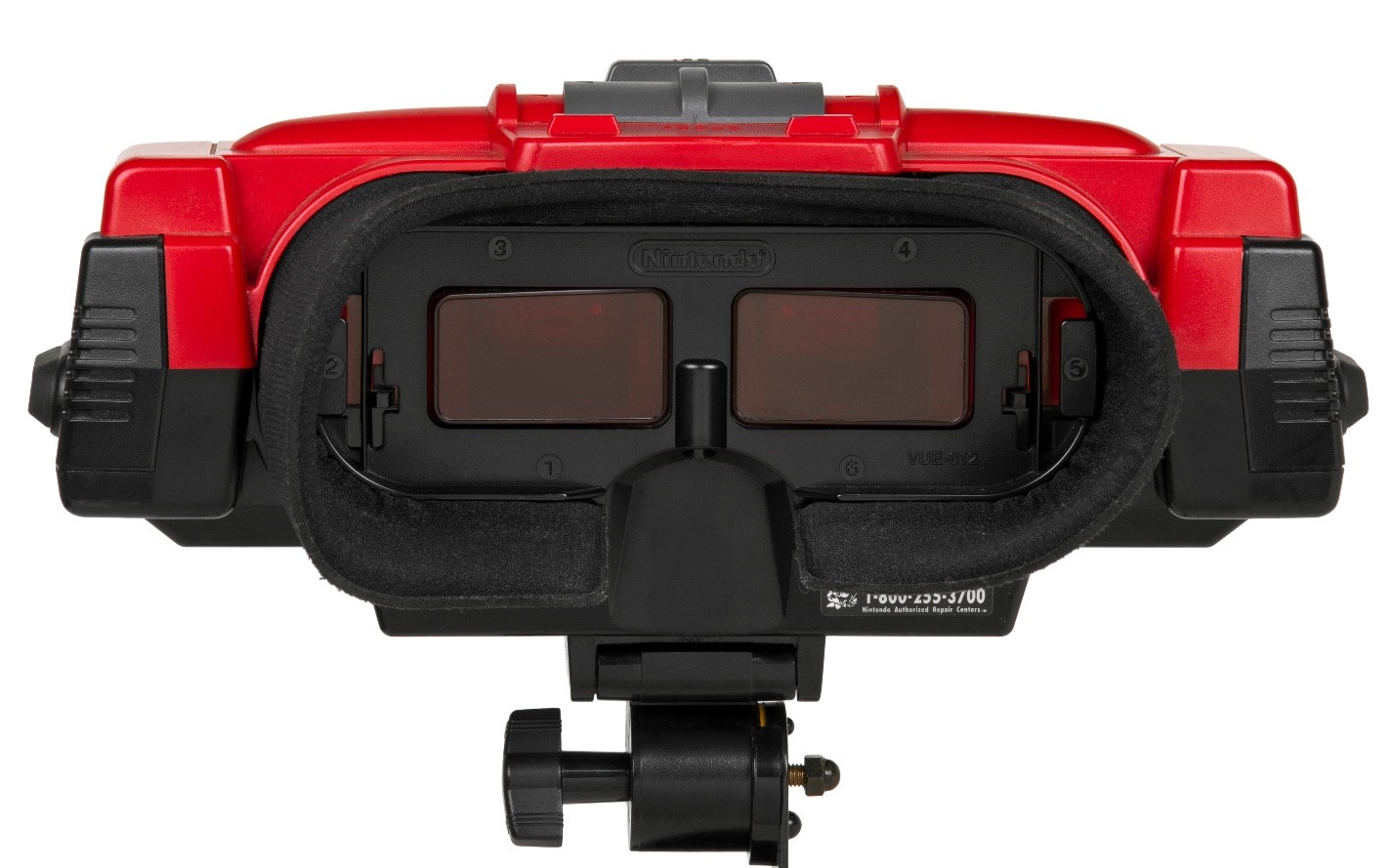
What’s old is new again.
10. You have Kickstarter to thank for VR platforms
And now every big company is making one
The reemergence of virtual reality gaming took off back in 2012 when the mind behind Oculus Rift, Palmer Luckey, set up a Kickstarter campaign on its behalf. The campaign raised 2.5 million dollars and signaled to the world (and more importantly, investors) that gamers were at last ready for a virtual gaming platform. Not long after, Luckey’s company, then Oculus VR, was scooped up by Facebook.
The social network site purchased Oculus VR for 2 billion dollars and since then virtual reality gaming has catapulted into the twenty-first century. Not only do we have Oculus Rift to look forward to but, everyone is getting in on the market. From Playstation VR to Virtuix Omni, there’ll be plenty of competition for Oculus in 2016.

One big like for Oculus Rift.
9. The Industry is ready to go
Look for Oculus Ready PCs
One of the biggest factors affecting virtual reality’s move into mainstream gaming is compatibility. It stands to reason that many current PCs will not be up to the standards required of the Oculus Rift. The technology for VR is there, but can the average person use it?
The answer is both yes and no. Unfortunately Oculus Rift’s recommended minimum specifications include a video card such as the NVIDIA GTX 970 or AMD 290 and an Intel i5-6400 or i5-4590 CPU. This may not affect any gamer with an already high end desktop PC, but it will sure make it more difficult for anyone not up to date with their gaming hardware.
The good news is that computer companies are ready for the influx of potential customers ready to make the upgrade. Oculus Ready computers are hitting the market so anyone not willing or capable to swap out the parts themselves can purchase one all ready-to-go. The selection includes sets from prominent gaming computer companies Asus, Alienware, and Dell.

And we are ready.
8. It’s not just for gamers
It’s being used to train everyone from military pilots to surgeons
With gaming prospects on the rise, it’s easy to overlook how virtual reality is already being implemented for practical purposes. The military has already been using virtual reality for years in order to train soldiers in everything from flight simulation to medic training to helping to treat PTSD. The idea behind the latter is help soldiers overcome their trauma by exposing victims of PTSD to their triggers in a safe environment.
Virtual reality can also be credited as a life saving measure as it is currently being used to train surgeons. Practicing high-risk operations in a virtual reality setting allows surgeons to make mistakes and ultimately learn from them. This process has been shown to successfully increase the skills of surgeons as well as decrease errors in the operating room.
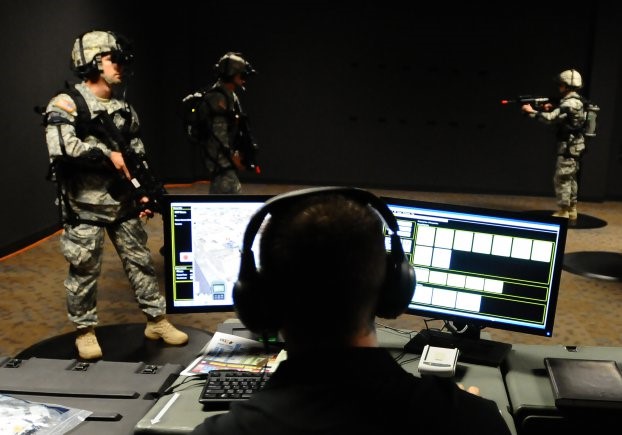
How the army recruits gamers.
7. It can trick your body into thinking you’re actually there
The power of presence
Do you think you can tell the difference between virtual and actual reality? The easy answer should be yes, but it turns out it’s a lot more complicated than you’d think.
Presence is the phenomenon that takes place when you are immersed in a virtual reality setting. Your brain becomes so used to the virtual world that instinct takes over and your body starts to react as if you are there.
Imagine it as if you’re about fall asleep and are suddenly jerked awake by the sensation of falling. Your body feels the sensation but you’re still safe in bed. Similar adrenaline spikes unconscious reflexes are only a couple of the tricks your mind will play on you once immersed in VR.
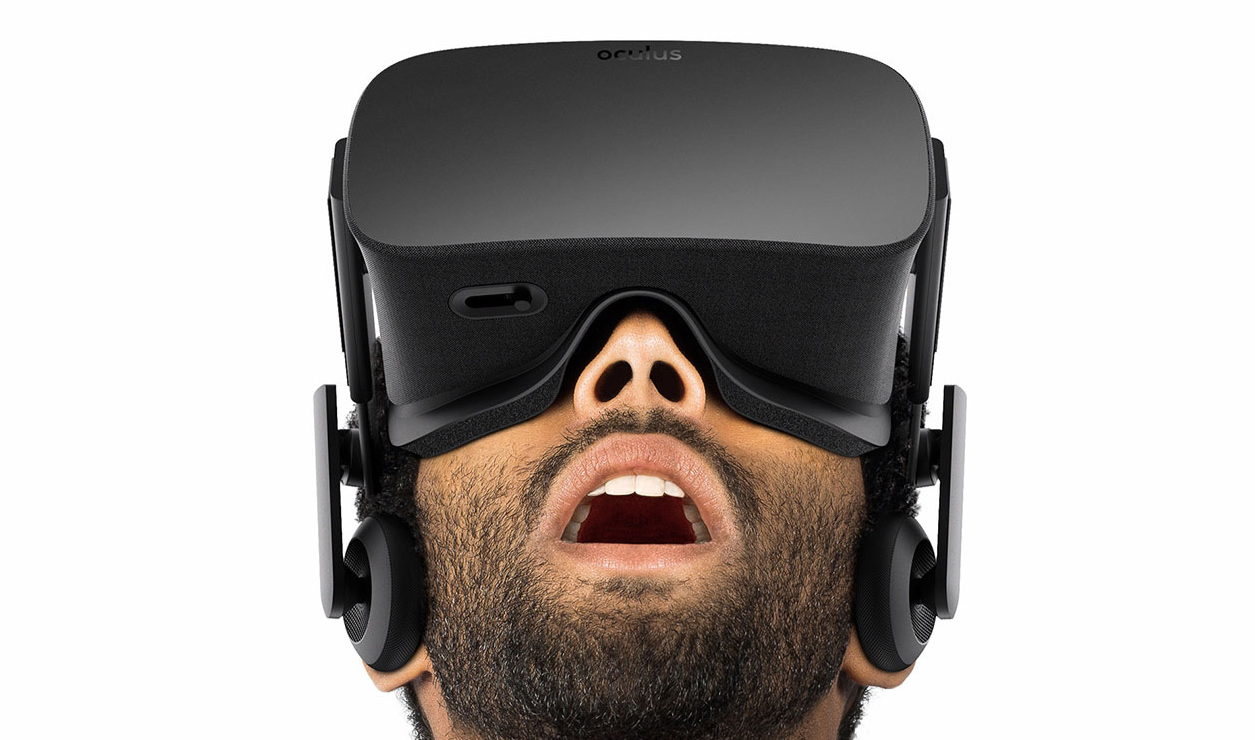
You’ll look super awkward, but will be too busy having the time of your life to care.
6. The horror of “sim sickness”
And how Oculus will be different
Perhaps the greatest concern with virtual reality is “Sim Sickness”. This is when what you see and how your mind interprets it don’t line up and you become physically ill from the sensation. A good comparison of sim sickness is car sickness.
When the road goes flashing by but your body remains still, your mind knows you are traveling, but the rest of you can’t seem to keep up. This causes a disconnect between mind and body that many people have experienced when riding in the passenger seat. Virtual reality used to work much the same way.
Many factors go into sim sickness, such as frame rates and the brains ability to sense fakeness. When frame rates are too slow, your eyes are fooled, but your mind isn’t. This usually isn’t a problem when in front of your computer, but when fully immersed in a visual world such as VR and nowhere to escape, things can turn ugly fast.
Oculus Rift hopes to overcome the issues of sim sickness by upping the frame rate to a level the brain can get along with. When you mind doesn’t have to struggle to keep up with sluggish screen, it should make for a more pleasurable gaming experience.
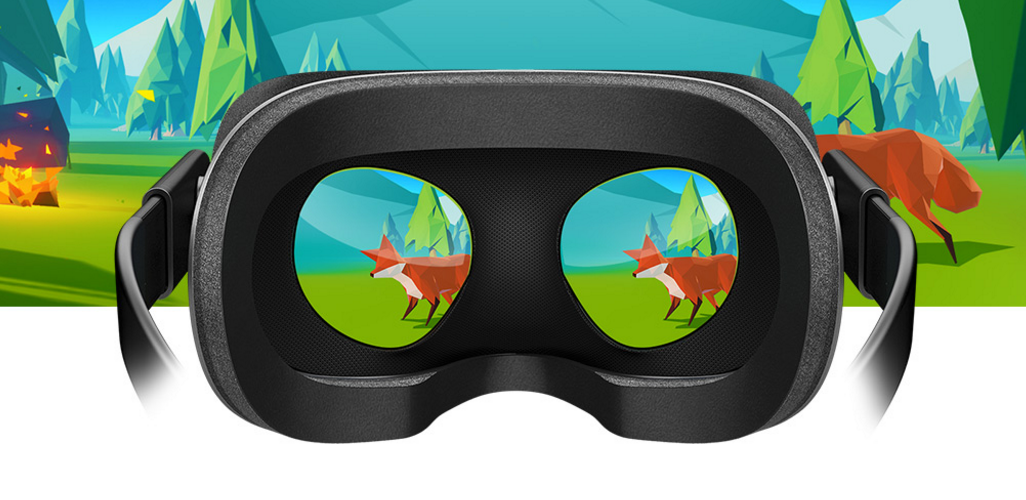
Enjoy all the pretty foxes without vomiting your guts out.
5. A new kind of game of the rise
Gameplay is evolving to adapt to the virtual reality platform
Fanfest 2015 Gameplay Trailer
With any new gaming platform, new standards must arise. Since virtual reality is supposed to hit the mainstream market, this means that developers need to start thinking of new ways to integrate how our whole bodies might be used in the gaming experience. Perhaps the first step is with one of the games included in Rift’s pre-order is Eve: Valkyrie.
This is a classic cockpit game that lets you experience the flight and battle simulation as if you were really in behind the wheel of your own spacecraft. This is a simple example of what’s available, but what more exciting is what is to come. Once VR becomes a standard in gaming, one can only imagine the sort of games we can dream up.

Pew! Pew! Pew!
4. Virtual reality will make gaming more active
Lighter headwear will get adults and kids alike up and moving
Virtual Boy lacked what could be virtual reality’s greatest strength: movement. Long has gaming been associated with lazy teens wasting away on a couch. Oculus Rift’s lightweight headset will give users the ability to move around, fight their foes, and take a walk through a forest instead of pressing a button.
Although the Wii Console sought to do this with their interactive gaming systems, it’s still not the same as being in a VR setting. Perhaps this is why Nintendo is sitting out the VR gaming war while Playstation dives in headfirst. Or perhaps they already learned their lesson with Virtual Boy and will steer clear of this market for good.
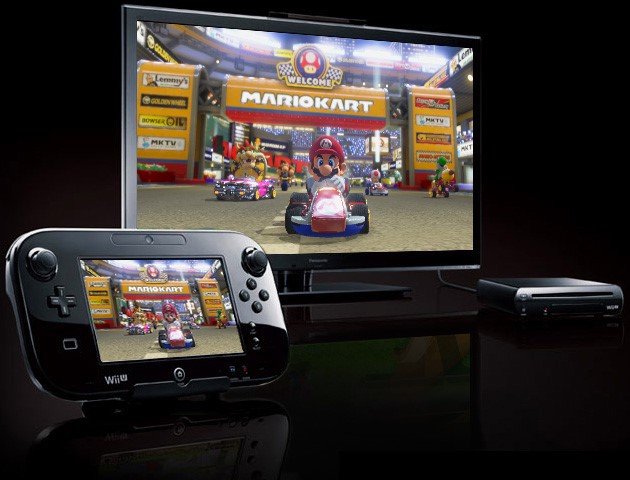
Too bad. Mario Kart would be awesome in VR.
3. The list of compatible games is impressive
Oculus is primed for games old and new
Half-Life 2 Chapter 1 Point Insertion Walkthrough - No Commentary/No Talking
Many games are being made with Oculus Rift in mind while others are being ported to the platform. Some of the more famous ones, such as the Half-life series, are highly anticipated for the thrilling first-person shooter capabilities. Others, such as the survival horrors Alien: Isolation and Slender: The Arrival, are perhaps to be dreaded.
One can only imagine the horrors of the slender man sneaking up behind you and being unable to look away from the screen… On second thought, virtual reality sounds terrifying in this context. I can’t wait.
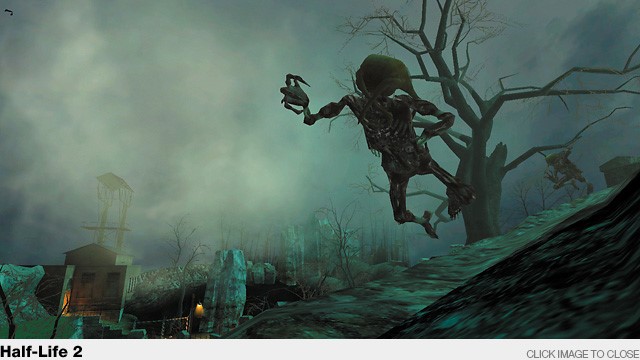
This thing will be life-size and jumping at you any day now…
2. It’s affordable
(Sort of)
Oculus Rift is being optioned as a “premium product”. This means companies are betting that customers are willing to pay more than they usually would for a gaming console. This makes sense as this new gaming experience is generating a lot of interest, however there are few flaws in Oculus’ way of thinking.
The Oculus Rift system will come in at around $599.00 US. This is quite expensive for the casual gamer, but not much more than what a dedicated gamer would be willing to pay for new and exciting tech. However the problem there lies in compatibility.
Even though companies such as ASUS are ready to go with their “Oculus Ready” computers, these on average cost roughly $1000.00 US. Is Oculus in demand? Yes. Will the supply meet the demand? More than likely. Can the demand afford it or do they even want to? That’s still to be seen.
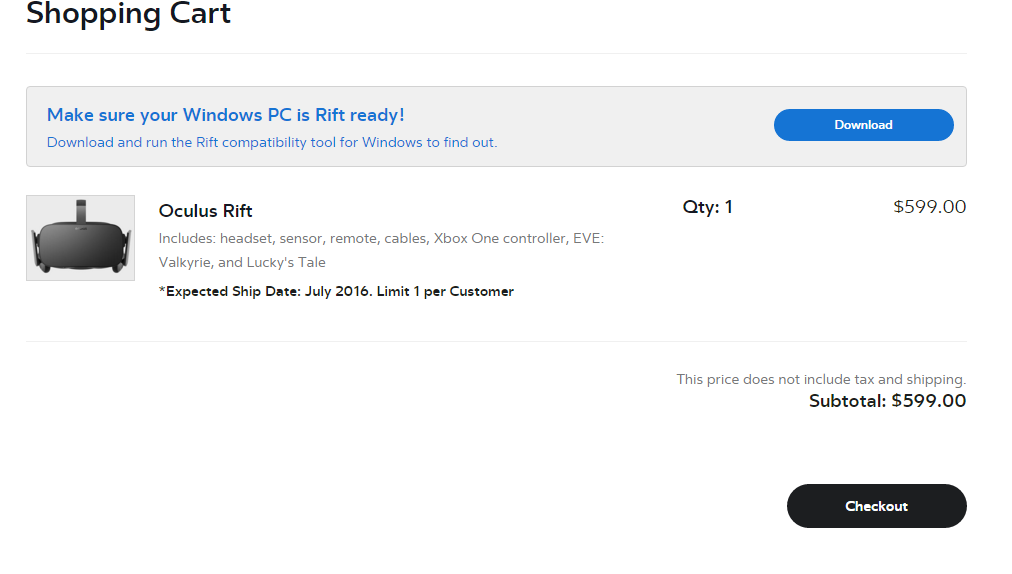
Ouch…
1. It will redefine socialization
When Second Life bumps up to first
The Guild - Do You Wanna Date My Avatar
Virtual reality will change the way we game. It changed the way we fight wars and perform life-saving operations. It’s only natural that once implemented on a larger scale that it’ll change the way we interact as well. Social networking and chatrooms will take on a whole new life once VR avatars get put into the mix.
Imagine a boardroom meeting with executives from all over the world or a bunch of friends separated by countries gathering around a table to play a hand of cards. The future of VR opens up the possibilities of creating avatars that can act as ourselves but in the VR setting.
As the technology increases and avatars become more life-like, it may soon even become possible to assert ourselves or idealized version of ourselves into the virtual world. Your friend sitting across from you at the table is suddenly just as natural as if he or she were really there. This could even give a whole new meaning to The Guild’s take on in-game dating in the viral music video, “Do You Wanna Date My Avatar?”

Ladies and gentleman, I give you the future of gaming.
Related Articles
11 Great Adventure Games Coming Out in 2016
11 Best MMORPGs to Play in 2016
11 Awesome Multiplayer Games Coming Out in 2016

